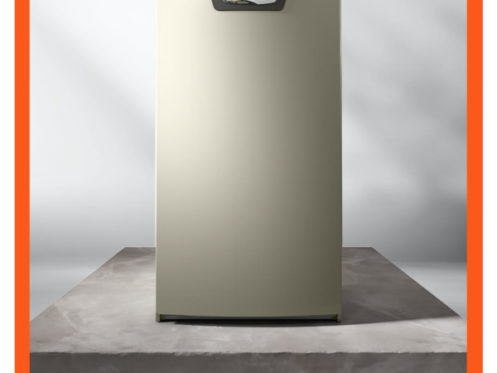There’s a lot of confusion floating around about furnace repairs and when you should replace your unit. Arm yourself as you go into the heating season to know when it’s time to stop sinking money into repairs and invest in a new system. Here are the signs that indicate you may want to plan on a new furnace sooner rather than later.
Lacking Maintenance History
Your furnace requires annual maintenance to keep it working efficiently for its entire expected service life. Slacking on maintenance not only increases your utility costs but also adds excessive strain to your system’s components. This causes those components to fail prematurely, and when combined with some other signs, lead to earlier replacements.
College-Aged Unit
The average furnace has an expected service life of 15 to 20 years when properly maintained. You can wait to replace your furnace until it completely stops producing heat, but that means doing so more hastily. Rather than waiting for an emergency, plan to proactively replace it to ensure you’re not left without heat when you need it most.
Climbing Utility Costs
Keep an eye on your utility costs, and compare them year-over-year to watch for a rising trend. If you consistently notice your gas consumption increasing every month compared to last year, it may be time to replace your unit.
As your system ages, its cycle lengths will start increasing due to wearing parts and airflow restrictions. Add to this that the engineered efficiency improves as technology improves. By the time your system is 20 years old, you may be paying substantially more than you should to run our furnace.
Mounting Repairs
Because your system’s components eventually wear out, they will need replacing. This may include your circulating fan motor, inducer motor, solenoids, igniter, and more. However, at some point, the cost of these repairs will exceed the current value of your system, and you’re better off replacing it.
There’s a simple calculation you can use to determine if now is the right time to replace your system. Multiply the cost of repairs your furnace needs by the age of your unit. When this cost exceeds the cost of a new unit, it’s time to invest in that replacement instead.
Cracked Heat Exchanger
The heat exchanger is what transfers the heat from the burnt fuel to the air moving through the system. The way it works is that the hot exhaust from your burn unit travels through the series of tubes in the exchanger before venting out. The circulating air then moves over the tubes and absorbs the heat before moving back into your home.
As you can imagine, a crack in the heat exchanger could be very bad given it carries this exhaust. In fact, this is a leading cause of carbon monoxide poisoning in residential buildings. If your heat exchanger is cracked, it is generally safer and less expensive to replace the entire unit than the component.
Visible Damage
Keep an eye on your unit for visible signs of damage, especially rust or cracks in the furnace housing. Both of these indicate a problem in the integrity of your system and may also indicate deeper corrosion problems.
Rust on your system generally indicates excessive moisture around the unit. Work with your HVAC technician to determine the cause of the moisture and develop a plan for reducing it.
Excessive Soot
One of the beauties of natural gas in heating is that it burns relatively clean, leaving very few byproducts. Of those it does create, many are vented with the exhaust.
If you notice soot around your vents, it’s time to have your unit inspected and possibly replaced. Soot indicates either a problem with the fuel not burning completely or a crack in your heat exchanger. When you notice it around your vents, it likely means a problem with your heat exchanger and should be inspected immediately.
If the soot is in your system and is caused by incomplete combustion, it may be a simple burner or pilot light repair. Contact your technician to investigate the root problem and determine the right solution.
People around Akron have turned to Bernard Heating & Cooling since 2010 to keep their homes comfortable. Our NATE-certified technicians provide best-in-class heating and AC installation, maintenance, and repair. Call to schedule your consultation with one of our expert installers to find out if it’s the right time to get your new furnace.




